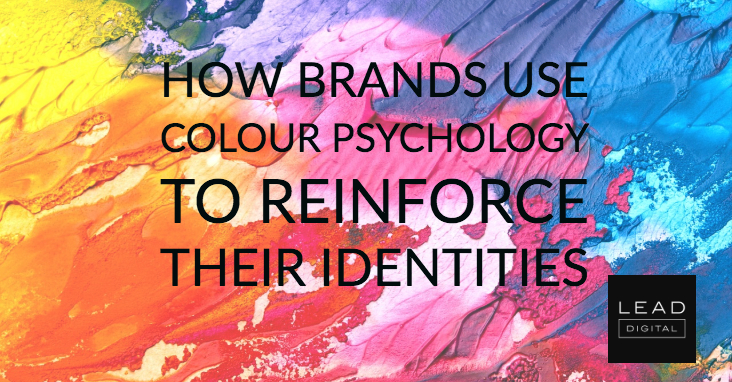
A brand’s choice of colour is a fundamental element that reinforces both its personality and the qualities of the products and/or services it offers.
Some brands are so iconic that it is possible to identify them from just a single pantone colour without an accompanying logo. Others, including Cadbury, Barbie and UPS, have even gone so far as to trademark their defining shades. So why do brands place such importance on colour and what impact does it have on the way consumers perceive them?
Let’s look at some research and then some famous examples.
Colour psychology
Research compiled by Colorcom suggests that consumers “make a subconscious judgment about a person, environment, or product within 90 seconds of initial viewing and that between 62% and 90% of that assessment is based on colour alone.”
Further research indicates that brand recognition can be increased by up to 80% by effective use of colour throughout marketing, packaging and logo design. Whilst other marketing elements including the targeting of advertising and effective product copy are of importance to a brand’s voice, its core individuality and memorability could lie within its carefully selected colour palette.
Of course, there are always exceptions to every rule, with several potential factors affecting an individual’s perception of colour. Let’s take cultural upbringing as an example: the colour red is commonly associated with luck and prosperity throughout Asia, whereas it can represent love, passion or even danger in western societies. These differences are important to consider when targeting specific geographical or ethnic audiences as part of a marketing strategy. – Read more



